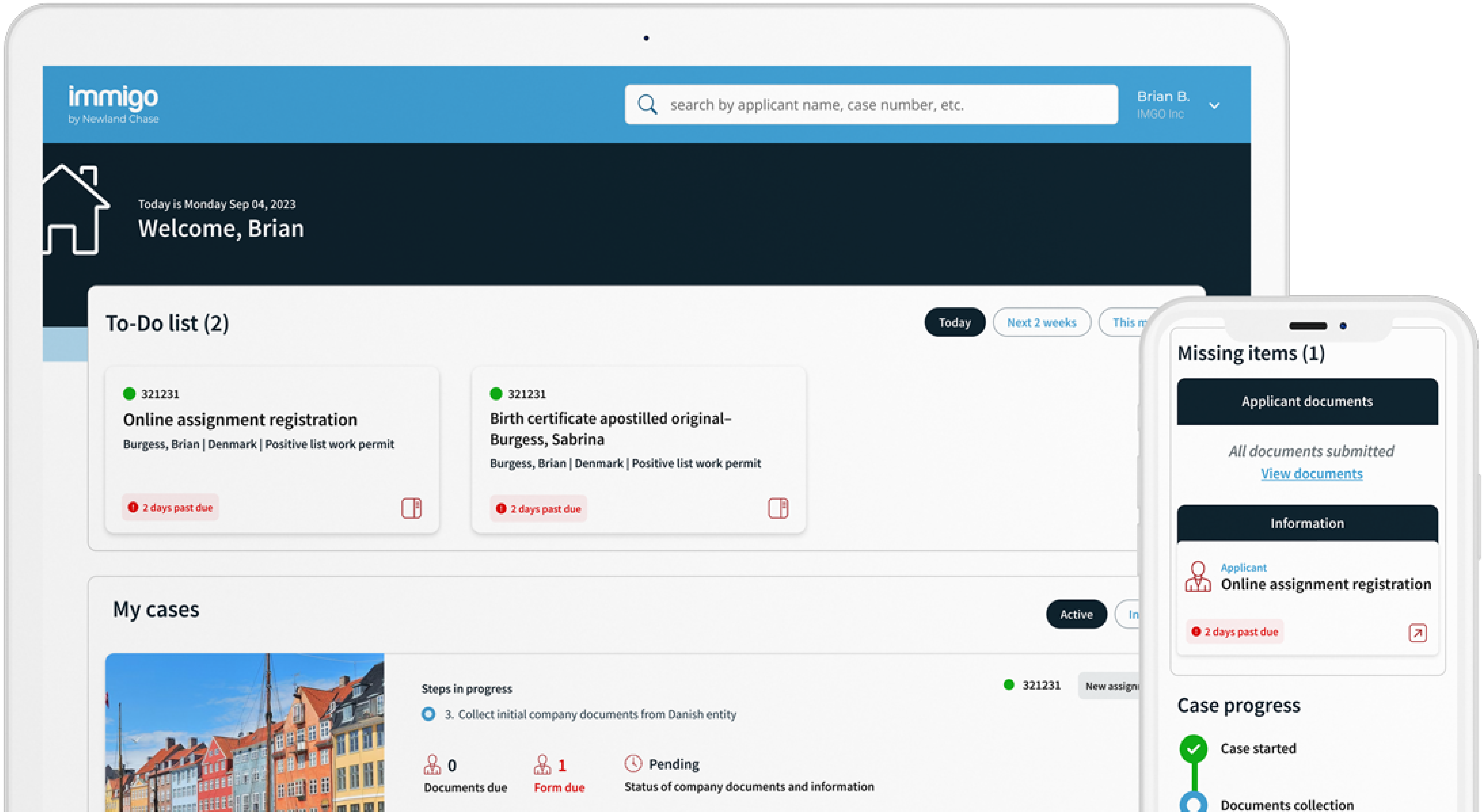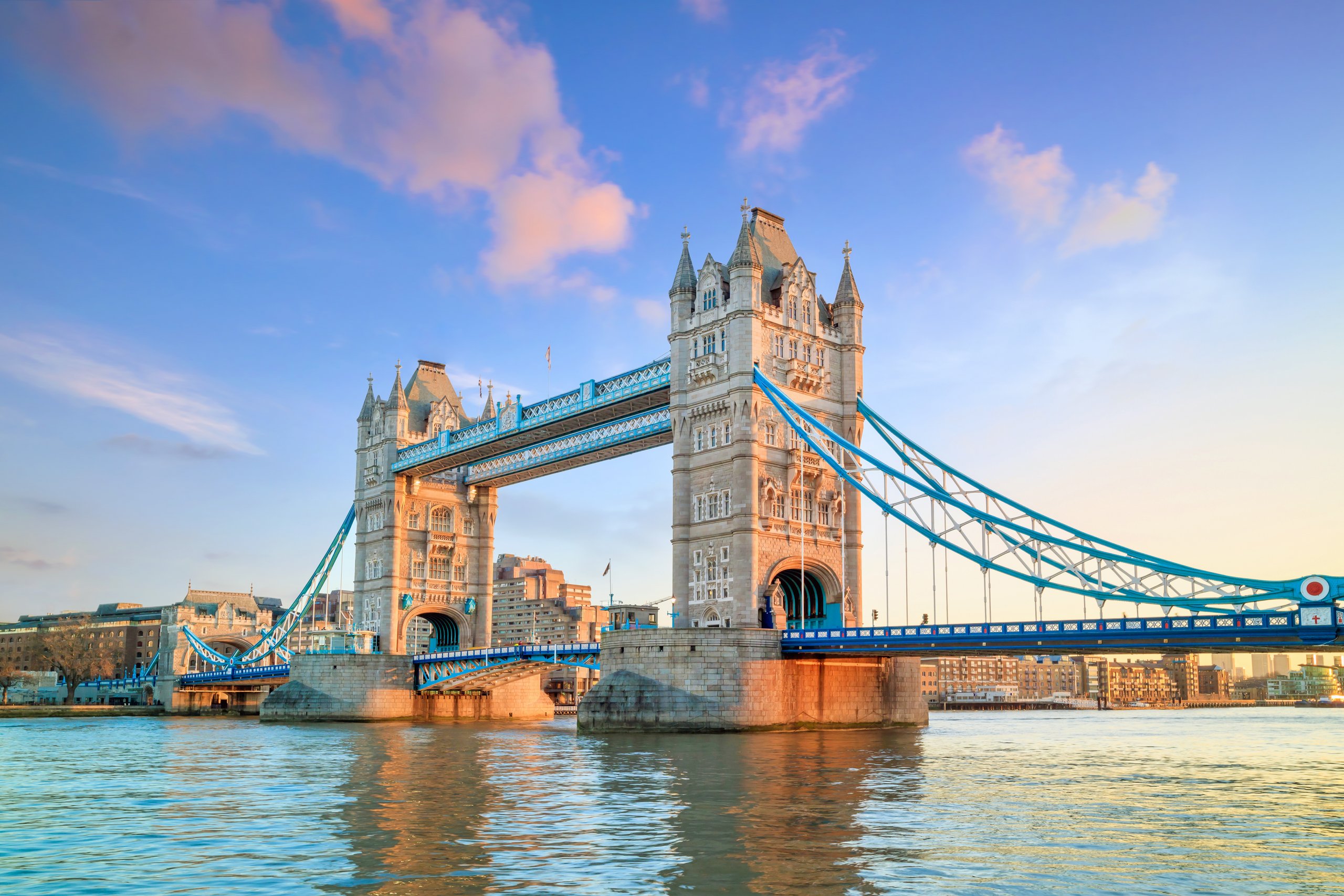Get The Visibility Your Company Needs
Reduce compliance risks and mobility costs while managing individual and project-related travel with ImmiSMART: the solution that unifies your travel and mobility programs.
SOUTH AMERICA: Ten Years of Freedom of Movement
May 6, 2019
Implemented in 2009, the MERCOSUR Residence Agreement is perhaps the world’s second most ambitious freedom of movement scheme.
Where are we ten years later?
By Kent O’Neil, Global Legal Analyst, Newland Chase
Of the world’s attempts at coordinated freedom of movement between nations, the European Union’s is clearly the most ambitious, most successful, and most well-known. Perhaps overlooked by some – the world’s second most ambitious, successful, and well-known freedom of movement scheme quietly turns ten years old this year.
Signed in 2002, but implemented in 2009 – the Southern Common Market (MERCOSUR) Residence Agreement forms the foundation of intra-continent mobility in South America. Based on MERCOSUR’s founding principles of freedom of movement of goods, people, and means of production – the Residence Agreement provides the citizens of signatory countries significant freedom to travel, work, and reside in another signatory country of their choosing.
What is MERCOSUR?
Established by the Treaty of Asunción in 1991, MERCOSUR is a trade bloc consisting of full members Argentina, Brazil, Paraguay, and Uruguay – with Venezuela later added, but currently suspended. Associate members include Bolivia, Chile, Colombia, Ecuador, Guyana, Peru, and Surinam. Over its history, it has been strengthened into a full customs union and trading bloc.
The bloc has a joint legislative and administrative structure to carry out enactment and implementation of its initiatives. One of the earliest initiatives was the elimination of internal levies on the import and export of goods between the member states and the establishment of a common external tariff. However, some “temporary” tariffs persist between member states. A number of other initiatives seeking economic, political, and social integration have also been pursued.
The MERCOSUR nations account for approximately 75 percent of the GDP of South America, and trade between the individual member states and the rest of the world is robust. However, as a bloc, it has thus far been unsuccessful in negotiating joint international trade agreements with other nations and blocs. With 12 of 15 chapters apparently agreed to – the renewed decades-long negotiations on a free trade agreement with the European Union stalled earlier this year with setbacks on the previously agreed-to chapters. Completion of an EU-MERCOSUR trade deal appears now years away. A Canada-MERCOSUR free trade agreement is still only in the earliest exploratory stages.
What is the MERCOSUR Residence Agreement?
While one of the foundational goals of MERCOSUR was freedom of movement of people, the significant step toward this reality began in 2002 with the signing of the Residence Agreement and its later implementation in 2009.
Rights afforded: The thrust of the agreement was to allow citizens of the full and associate member states to reside and work in any other full or associate member state for a period of two years simply with proof of citizenship and a clean criminal background. After two years, that temporary residence may be converted to permanent residence with proof of means to provide for the living of the citizen and any accompanying family members. The agreement further lays down a set of common rights afforded to citizens including the right to work, equal treatment, family reunion, social security, and access to education for children.
The significance of the Residence Agreement is that, for the citizens of signatory countries, it eliminated the traditional immigration criterion – i.e. locally employed, a skilled worker, student, family member of a national, etc. The sole immigration criteria is simply citizenship in another signatory country. Thus, labor supply is able to migrate among the signatory countries to the place of demand without legal restrictions.
Signatory countries: While the agreement was birthed in MERCOSUR, it is now in effect in most of the countries of South America. Argentina, Bolivia, Brazil, Chile, Colombia, Ecuador, Paraguay, and Peru have all ratified the agreement. Guyana, Surinam, and Venezuela have yet to adopt it.
Varied implementation: However, how those rights have been transposed into the national laws of each adopting country varies somewhat. Most countries apply the resident right to all other signatory countries, while some apply it just to some (e.g. Chile). Some countries can have relatively high fees for citizens to obtain the required residence permits that make it cost prohibitive for those with modest means. Still others (e.g. Uruguay) offer permanent residency from the outset, rather than first requiring two years of temporary residence.
Evaluation: Successes and Shortcomings
The successes and shortcomings of MERCOSUR must be put into proper context. The primary aim at the outset was mutual support of the fledgling democracies that rose from the fall of dictatorships through the 1970s and 1980s. While democratic governance in South America is relatively young and not without its challenges – Venezuela aside, it has been largely successful over its short life.
Like the shift from dictator to democracy, the shift from socialist economics to more free market economies over the same period is likewise an ongoing struggle – but successful on the whole. Challenges remain – primarily in governmental fiscal and monetary policy. Nevertheless, the region has posted slow but steady GDP growth over recent decades. While growth still lags behind many other developing economies, it still surpasses the growth of most developed economies.
The general shortcomings of MERCOSUR have been simply the growing pains of regional integration and cooperation that all such organizations experience (including the EU). Placing shortsighted nationalistic and protectionist tendencies behind the long-term good of the region will always be challenging.
In the area of freedom of movement, MERCOSUR and the Residence Agreement have encouraged greater modernization of immigration for both MERCOSUR country nationals and third-country nationals alike. Brazil and Argentina have both taken great strides toward progressive and modern immigration policy and processes. In the current age of increased immigration protectionism, MERCOSUR’s concept of free intra-continent mobility for citizens is laudable.
Shortcomings and challenges to freedom of movement in South America remain, and must be addressed before South America’s freedom of movement experiment can rival that of the EU:
- Greater compatibility and conformity between the MERCOSUR Residence Agreement and national laws;
- Lessening of unnecessary preference-based labor laws which favor local workers over other MERCOSUR nationals – including foreign worker quotas/caps and limitations on certain professions in some countries;
- More standardized acceptance of professional licenses and qualifications; and
- Greater reciprocity overall of immigration and labor laws across all participating countries.
Outlook: Future Developments
The future of MERCOSUR and any expansion of freedom of movement in the region will obviously depend on the value its two largest participants place on regional cooperation. Brazil and Argentina account for more than 90 percent of MERCOSUR’s total GDP. Newly elected Brazilian President Jair Bolsonaro has made public statements that MERCOSUR is not high on his list of priorities, and Argentine President Mauricio Macri is currently focused on major economic challenges at home with rampant inflation and devaluing currency that forced acceleration of an additional International Monetary Fund (IMF) bailout. The political, economic, and social instability in suspended MERCOSUR member Venezuela – and the resulting flow of refugees into the rest of South America – is also likely to make MERCOSUR leaders hesitant to expand freedom of movement for the moment. So any major new MERCOSUR initiatives on freedom of movement are likely on hold for at least several years.
One such initiative that may languish is Bolivia’s petition to join MERCOSUR. The four currently active members of MERCOSUR have all approved Bolivia’s admission – but legislatures in Brazil and Paraguay have yet to formally ratify the decision.
Opportunities: International Business
While political and economic challenges persist, the opportunities for international business in South America are great. The developing economies of South America have a combined GDP of more than USD 3.6 trillion – placing it significantly ahead of the continent of Africa. The continent’s largest economy of Brazil is predicted to rank in the top five nations by 2050.
The freedom of movement afforded by the MERCOSUR Residence Agreement allows companies operating in the region to easily recruit and move local talent and labor between the nations without the formalities found in most other regions. Rather than only being able to access one country’s labor pool, companies can effectively access the entire region’s labor pool from a single location in the region.
The general trend of freedom of movement has also had spillover effects into the global mobility of talent from outside the region as well. Brazil’s immigration system underwent a wholesale upgrade in 2017 to make it more progressive and responsive to international business. It has recently introduced business e-visa systems and greater visa-free opportunities for business travelers from some of its top trading partners. For a complete personalized assessment of visa and visa-free opportunities for Brazil and other South American destinations – visit the website of our sister company, CIBTvisas.
Similarly, Argentina has made numerous improvements to its immigration system in recent years – including online visa application processing designed to make its system more business-friendly.
Final Thoughts
As the economies and demographics of developed nations plateau and cool – the future growth of the world economy is coming from the developing nations of Asia, Africa, and South America. With their growing populations and economies, developing economies like those found in South America present vast opportunity, both in supply of labor and materials for production and in consumer demand for products and services as wealth and incomes increase.
The businesses that will succeed long-term are those that recognize the global opportunity in regions such as South America. While democratic and economic challenges persist, attempts at greater openness and regional integration and cooperation in South America have advanced significantly over its short history of democratic governance and free market economics.
At just ten years of age, MERCOSUR’s efforts toward freedom of movement and global mobility within the continent demonstrated by the Residence Agreement are significant and hold long-term promise for the economics of the region. For international business, the Residence Agreement holds significant strategic workforce opportunities.
Whether your company is currently operating in South America, or is newly considering international expansion opportunities – you can reach out to your Newland Chase immigration strategist to discuss your business goals and how South America (or any other region) might fit into your strategy.
If you are attending this week’s Worldwide ERC America’s Conference in Atlanta, reach out to our Managing Director, Americas, Rob Moorhouse, at robert.moor[email protected]. Six of our Americas region leaders will be attending. For general enquiries, email us at [email protected].
For information on Newland Chase’s capabilities in Brazil and contact information for our offices in São Paulo and Rio de Janeiro, visit the Brazil Immigration Services page on our website. For contact information for our Buenos Aires office in Argentina, visit our Argentina Immigration Services page.
Author’s Note: Many thanks to Newland Chase’s Daniela Lima, Managing Director, Latin America, and Agustina Dorado, Country Manager, Argentina, for their invaluable input in the preparation of this blog. Their professional expertise and insight into corporate immigration and the business environment of South America are invaluable resources for me and for our clients.
Newland Chase, a wholly owned subsidiary of CIBT, is the leading global provider of immigration and visa services for corporations and individuals with over 1,700 expert immigration and visa professionals, attorneys and qualified migration consultants located in over 70 offices in 26 countries.
Kent O’Neil is a Global Legal Analyst and frequent writer and speaker on international business and global corporate mobility for Newland Chase. Kent received his Juris Doctor from Penn State’s Dickinson School of Law and a Bachelors in Economics from Clarion University. Prior to joining Newland Chase, he worked in both private practice and in-house for a multinational corporation operating across North America, Europe, Asia, and the APAC region. Now based in the U.S., Kent has lived and worked as an expat in Pakistan and the Philippines.
This publication is not intended as a substitute for legal advice. Readers are reminded that immigration laws are subject to change. We are not responsible for any loss arising from reliance on this publication. Please contact Newland Chase should you require any additional clarification or case specific advice.




